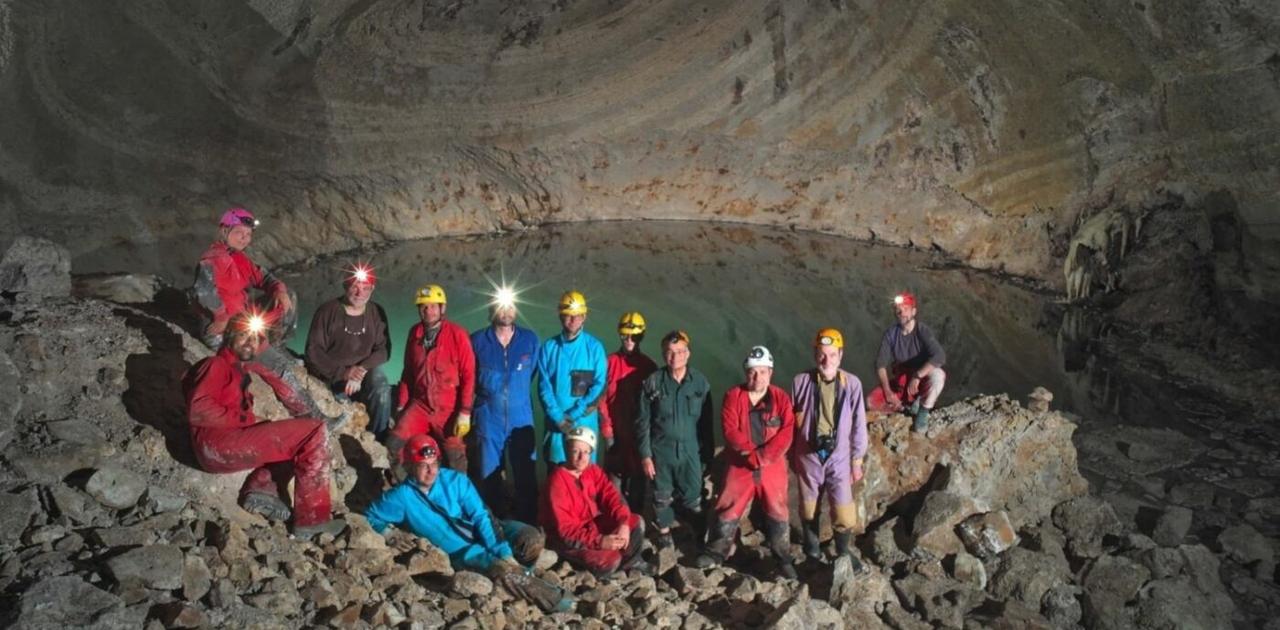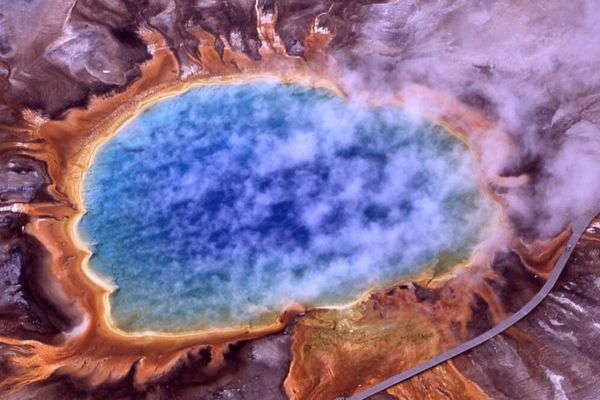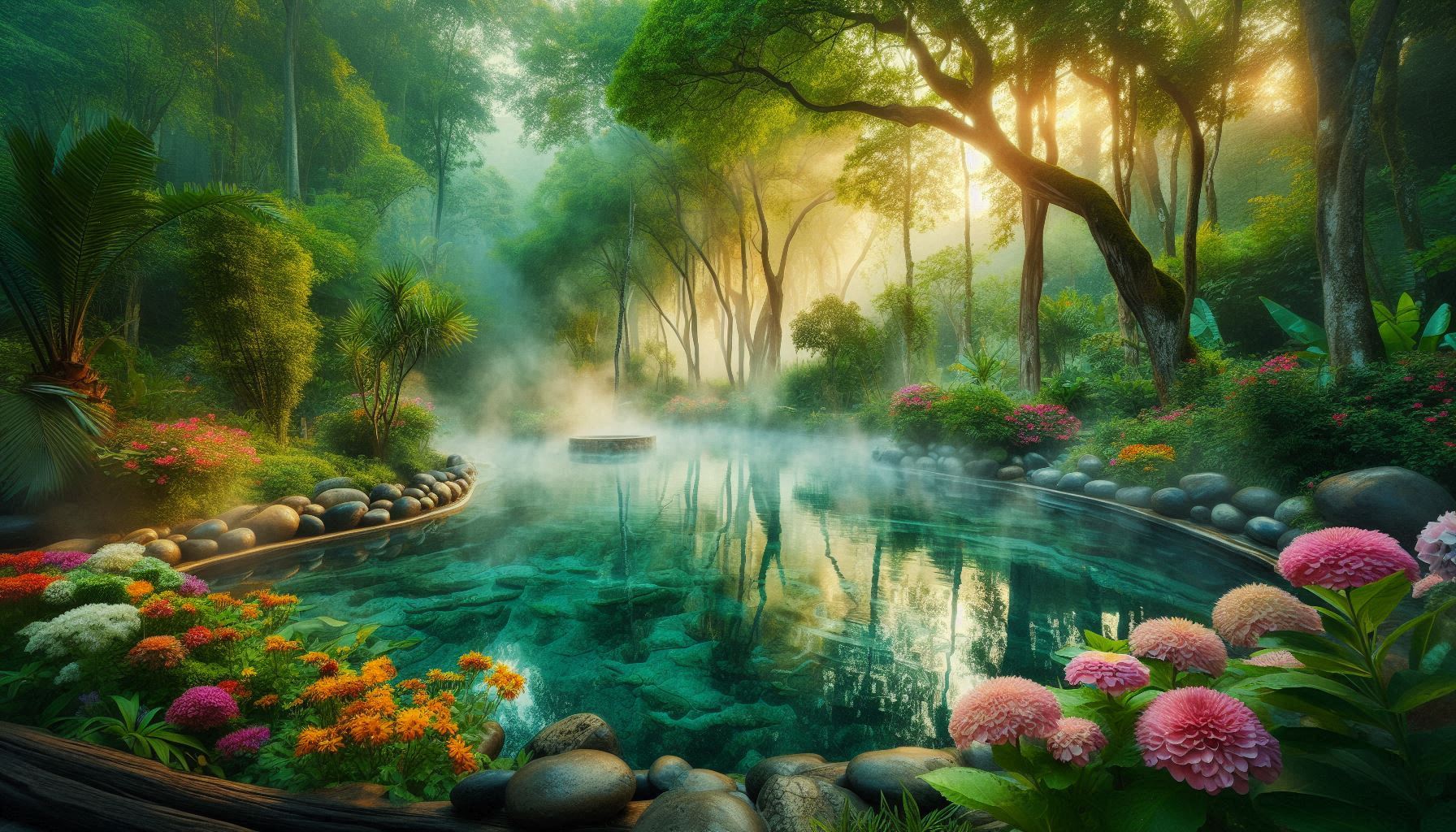When researching geothermal energy, you come across stories of hot springs gushing forth near volcanoes. Hot springs are apparently created by volcanic activity and plate movement, with the water heated by magma, geothermal heat, pressure, and friction, and their characteristics vary greatly depending on differences in geology. There seem to be many different types of hot springs on Earth, but they also seem to be a manifestation of the Earth’s internal activity.
Heat circulation/water circulation
It seems that heat is transferred from the core of the Earth, which is said to be about 6000°C, to the surface in stages, and hot springs exist as part of the process of releasing heat from inside the Earth. Faults, volcanic activity, and plates act as pathways for geothermal heat, and hot springs can be seen as structures that allow the heat gained there to be released to the outside.
It also seems to be part of the water cycle, where rainwater and snow seep underground, heat up deep underground over decades to centuries, and then spring up to the surface again. The process of heating water may also dissolve and incorporate various substances before springing up, which may also be part of the material cycle.
Various spring qualities
A wide variety of spring qualities have been discovered based on the components they contain. These include chloride springs containing sodium ions, sulfur springs containing hydrogen sulfide, sulfate springs containing sulfate ions, bicarbonate springs (sodium bicarbonate springs) containing bicarbonate ions, carbonated springs containing carbon dioxide, iron springs containing iron ions, radioactive springs (radium springs) containing trace amounts of radon, silica springs containing silicon, and limestone springs containing calcium carbonate.
There are also moor springs that are generated by the heat generated when ancient plant deposits turn into lignite, and hot springs that contain more plant components than minerals as they bubble up after passing through layers of peat.
It seems that the properties of hot springs are determined by the ingredients they contain: sodium retains water and keeps it warm, sulfide is antiseptic, bicarbonate buffers the pH level, and iron promotes blood production. This is probably because the geology of the earth is so diverse, but there are many types of hot spring water. Depending on the concentration, temperature, and pH, some may not be suitable for living organisms, but the activity inside the earth is amazing.
Hot spring lakes and underground hot spring lakes
Lake Heviz in Hungary is one of the world’s largest hot spring lakes, with a surface area of about 50,000 m2. The entire lake is hot spring water and is always warm, so it is also a non-freezing lake. The amount of hot water in this huge lake is so large that it is replaced completely in just over a day. Also, one of the world’s largest underground hot spring lakes, with a total circumference of 345 meters, has been discovered 127 meters underground in Albania. The fact that the entire lake is hot spring water is on a massive scale.

Geysers and colorful hot springs
Yellowstone National Park is home to many geysers where hot spring water erupts high from the ground due to high steam pressure caused by high temperatures. The largest of these, the Giant Geyser, erupts every 7 to 12 days for over an hour, reaching a maximum height of 75 meters.
In addition, it seems that thermophilic and hyperthermophilic bacteria, which are microorganisms that live in extreme environments, live in hot springs and hydrothermal areas. Different bacteria live depending on the temperature, and the color of the colony changes for each bacteria. It turns blue at temperatures above 70°C, brown at temperatures below 45°C, and transitions between green, yellow, orange, and red. It is also amazing how the beautiful gradation follows the colors of visible light.

Creatures that use hot springs
Hot springs are heat emitted from the earth, so monkeys, capybaras, ducks, mandarin ducks and other birds use the heat in winter to stay warm and avoid the cold. Other uses of heat include frogs hibernating in the warm puddles where hot springs emerge, snakes and lizards maintaining their body temperature with the steam from hot springs, and dragonfly larvae breeding in hot spring wetlands.
In addition, hot springs are also favorable for thermophilic bacteria because of their high temperatures and sulfur, which serves as an energy source for these microorganisms. In the hot spring river into which the hot springs flow, there are also species called hot spring killifish and hot spring catfish. They probably match well with the ingredients in the hot springs.
Hot springs are amazing
Hot springs, which are also a process of releasing heat, are also part of an ecosystem that includes microorganisms that can maintain a certain amount of heat. Hot springs are amazing because they circulate heat, water, and the nutrients they contain, and are a source of support for living things. The breadth of the Earth’s activity is amazing.


